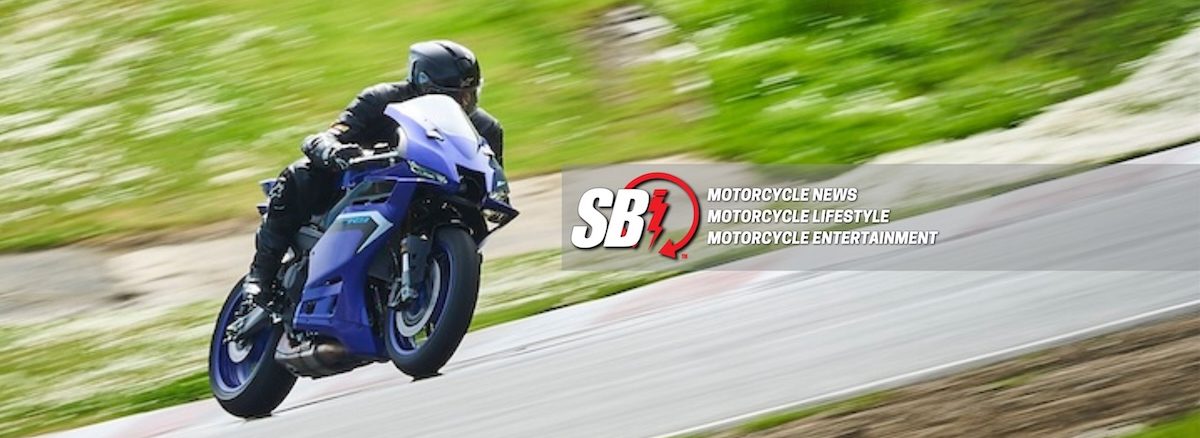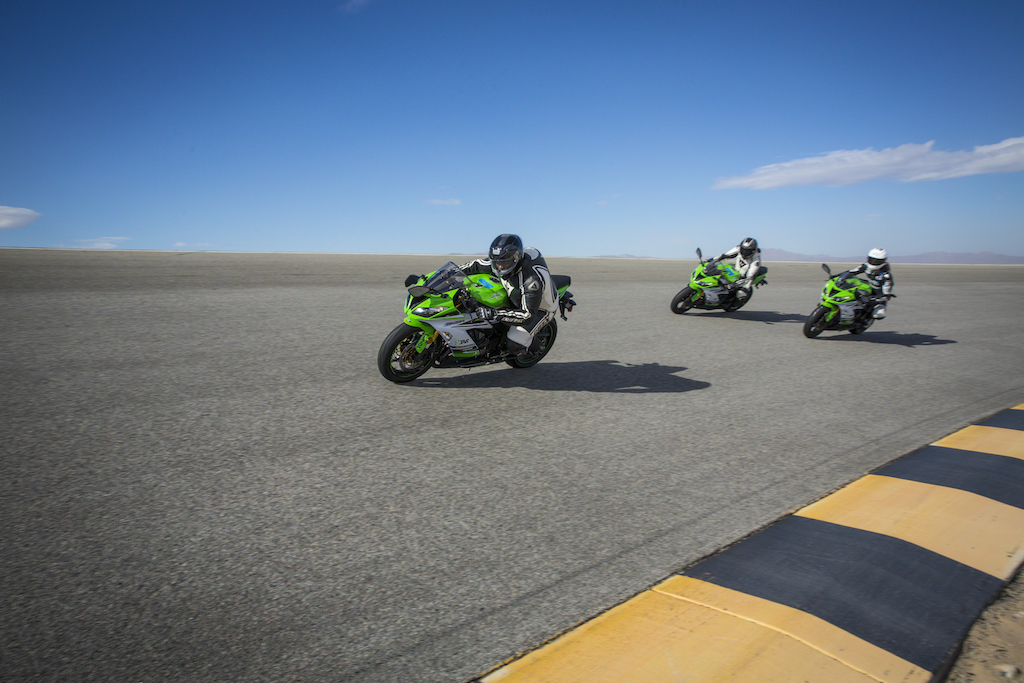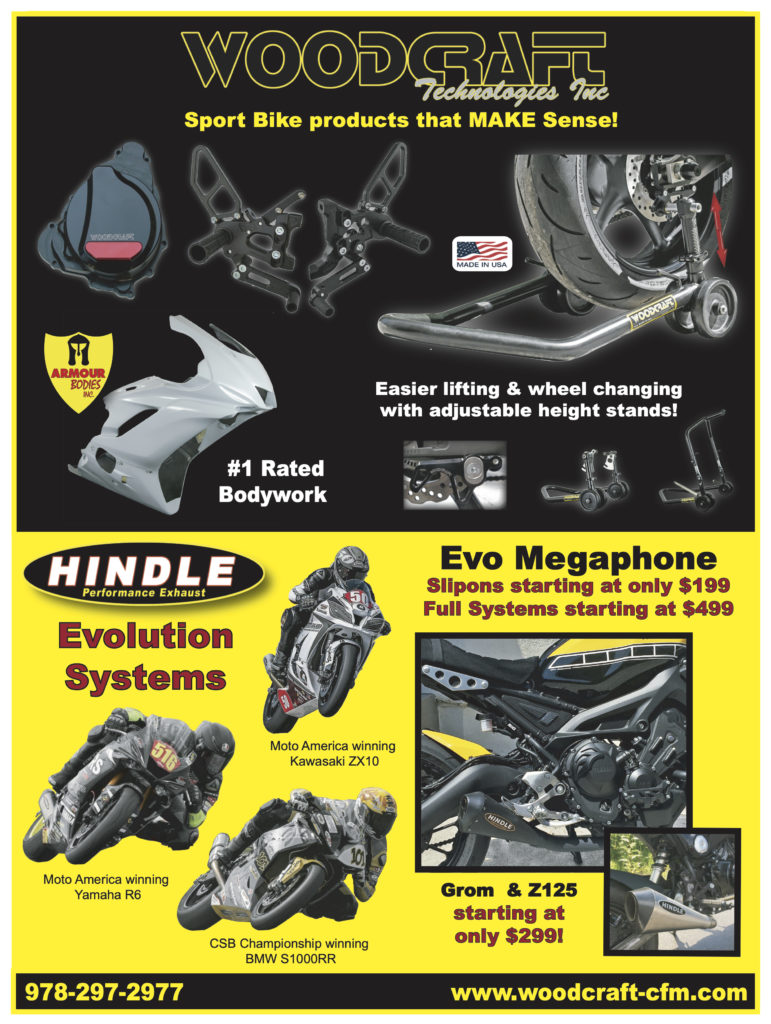For much of the country, a generous El Nino winter has given us the mildest winter in recent memory. This has given the world of motorcycling a welcome jump start and we’ve heard from lots of riders who are planning to make their way to the track this year. As motorcycle lovers, this is music to our ears as the track offers the safest, most forgiving environment you can find to experience the true potential of both you and your motorcycle.
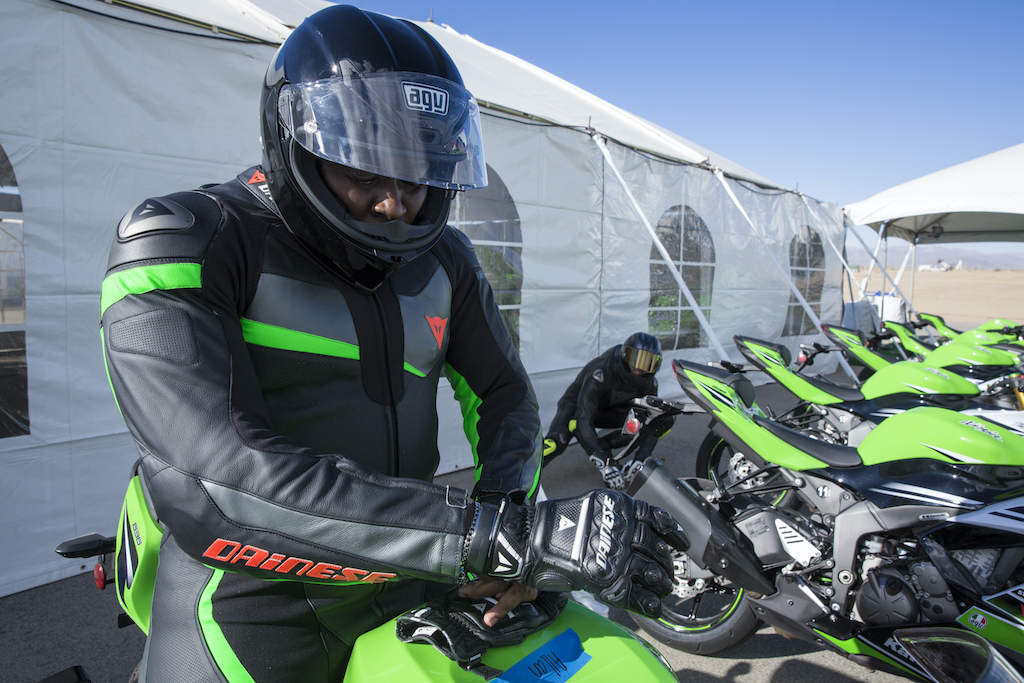
With auto free asphalt, medical staff on hand, air fence and a nearly unlimited well of information to draw from it’s amazing to those of us who frequent the track regularly that everyone who rides does not attend these events. The “expense” of these days also pales in comparison to that of speeding tickets and the subsequent rising insurance premiums. You absolutely do not need to be a racer to enjoy the track and riders of all ages attend. The last I checked the average age was 42. For those of you who are considering the track for the first time this season, let’s dispel some of the myths about track riding, track riders and what it takes to have a great time at the track.
Your Motorcycle
First and foremost, any sport or sport touring motorcycle that is in good condition is suitable for track days. I’ve seen riders have fabulous days on everything from brand new sportbikes to a stripped-down 80’s Goldwing, ridden by a fast 62-year-old. The preparation for the track is simply common sense for anywhere you ride. Good tires, good brakes, and an oil-tight machine are just as critical on Main Street as they are on the back straight at Road Atlanta. The few minutes spent going over your machine with a handful of wrenches will give you peace of mind and make any ride better.
Track day preparation is easy! The preparation required by most organizations takes less than 30 minutes. Any organization will have a list of requirements to pass tech, and in addition to the things mentioned above a typical track day prep consists of things like taping over your lights, unplugging a few bulbs and removing a license plate. So now what’s your excuse?
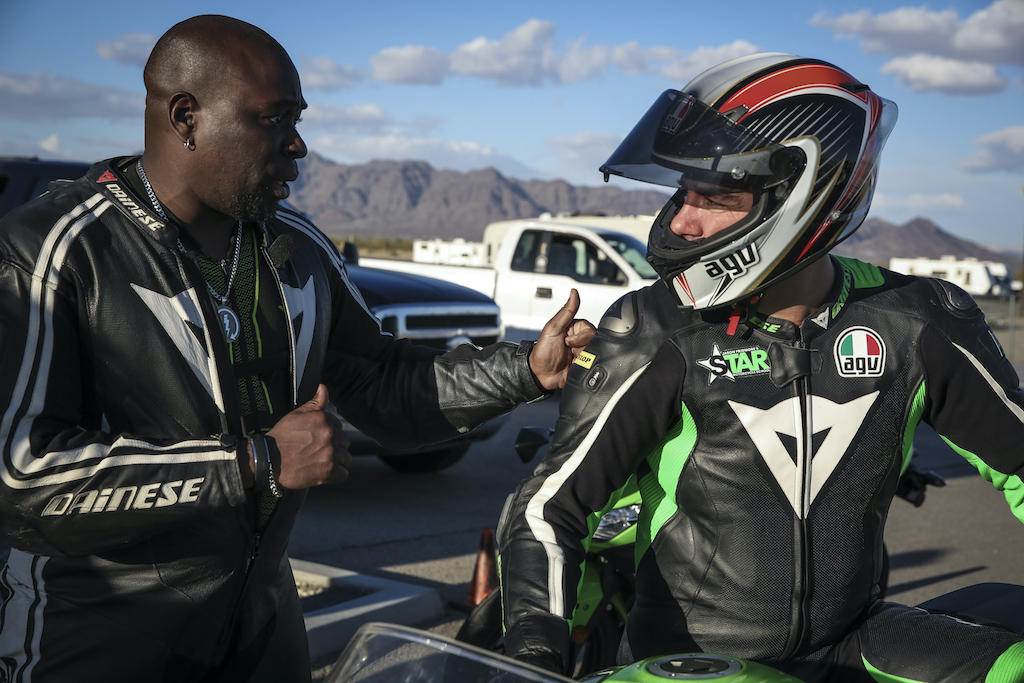
I don’t want to crash my bike! I’m amazed that riders who routinely ride over the speed limit in proximity to drivers texting on their cell phones worry about falling at the track. There are no corners with sand strewn across the apex, no twelve-inch potholes or stray boulders… and if there is there will be someone jumping up and down waving a flag at you! If you can stay within your limits on roads you’ve never ridden before, then you can certainly conquer twelve corners that you get to repeat at least fifty times in a single day. If you ride with the right mindset, then you’ll come to know that the risk of falling down at the track is no different from that on the road and the consequences are often far less severe.
Getting Ready
Taking liberty with the immortal words of Yogi Berra “riding is 90% mental, the other half is physical”. Approaching the track with the proper plan will make all the difference in your first experience. Deciding to prepare your bike and your mind in advance will vastly improve your day. Here are a few tips, starting with the very basics.
- Do your homework at home. At home, you’ve got your bike, toolbox, gas stations and all the other resources you need to get you and your bike ready. Find out what’s needed in advance and get it all done ahead of time. This step alone can make or break your day.
- Show up early and attend all the meetings. Each track has its own nuances and specific rules both on and off the track. Be sure you know what they are so that you can make the most of your day and avoid losing valuable track time while trying to learn the rules on the fly.
- Be willing to start at the bottom. Fast on the street and fast on the track are different worlds! Beginner programs are tons of fun, in part because they are designed to help newer riders avoid uncomfortable situations and common mistakes. Take advantage of the many special benefits and extra attention that newer riders often receive. If you’re not careful, you might learn something that will make a huge positive difference in your riding.
Preparing to ride – Am I ready for the track?
Track days are not a place to learn how to ride a motorcycle, they are a place that motorcycle riders go to learn how to ride better. However, this does not mean that you need to be an expert! Most riders are ready after about a year of street riding. The basic prerequisites are that you can accelerate, brake, shift and turn without conscious thought. These actions should be automatic, and you should be comfortable both holding the bike wide open on a clear stretch of road and braking hard while straight up and down. That’s it. If you can do these things then you’re ready to experience the track. Here are some tips to think about before you arrive.
- Smooth at the controls. When you start, treat the track like any road you’ve never ridden before. Leave yourself plenty of margins and pick up the pace slowly. How do you know if you’re going to fast? You pay attention to your inputs. If you have to give the bike anything but completely smooth and measured inputs in your first few sessions, you need to take it back a notch. Smooth riding and soft inputs are the keys to having the mental space to learn. Checkpoint: if your inside elbow and inside shoulder are not loose and relaxed the entire way through a corner then you need to relax and breathe.
- Vision. Your first job at a new track is to learn where you are going. Nothing will help you to do this better than to remember to keep your eyes moving. New riders nearly always fixate on what is right in front of them, which not only makes it extremely difficult to have smooth lines but also increases your perception of speed. Remind yourself to constantly move your eyes from where you are to where you are going to where you want to be. Two points make a straight line, but three are needed to make a curve. Scanning back and forth from where you are to your next two reference points will calm your nerves, smooth out your lines and keep you from turning in too early.
- Body Position & Bar Inputs. 95% of riders who come to the track can make significant strides in their riding just by making a few adjustments with their body position and bar inputs. Relatively speaking, the percentage of time on the track that riders (even top racers) spend gripping the bars with any kind of force is very low and is almost exclusively while they are virtually straight up and down. The lesson here is that anytime your bike has a lean angle you should be soft with the controls. A good place to start for new track riders is with the 10% rule. At full lean, riders should not use more than 10% throttle, brake or bar pressure. It’s easy to remember and can save you in a pinch!
We sincerely hope that you take the opportunity to ride the track this season. You’ll have a fantastic time, meet some great people and learn lessons that can help save you on the street. The concepts outlined here are just the beginning, I’ve been riding the track for over 25 years and continue to learn every time I’m there.
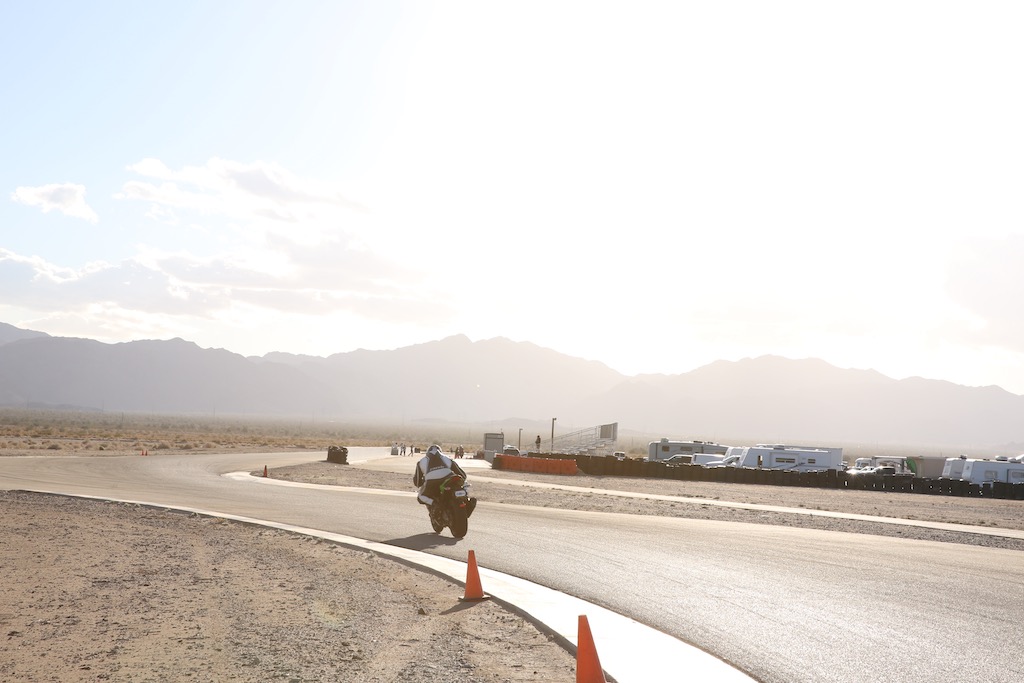
Until next time, ride fast – ride safe!
Images: Erik Voake
About The Author
Discover more from SportBikes Inc Magazine
Subscribe to get the latest posts sent to your email.
